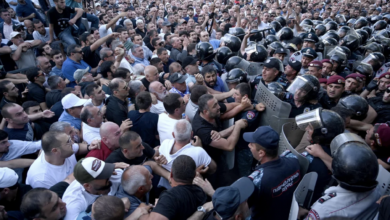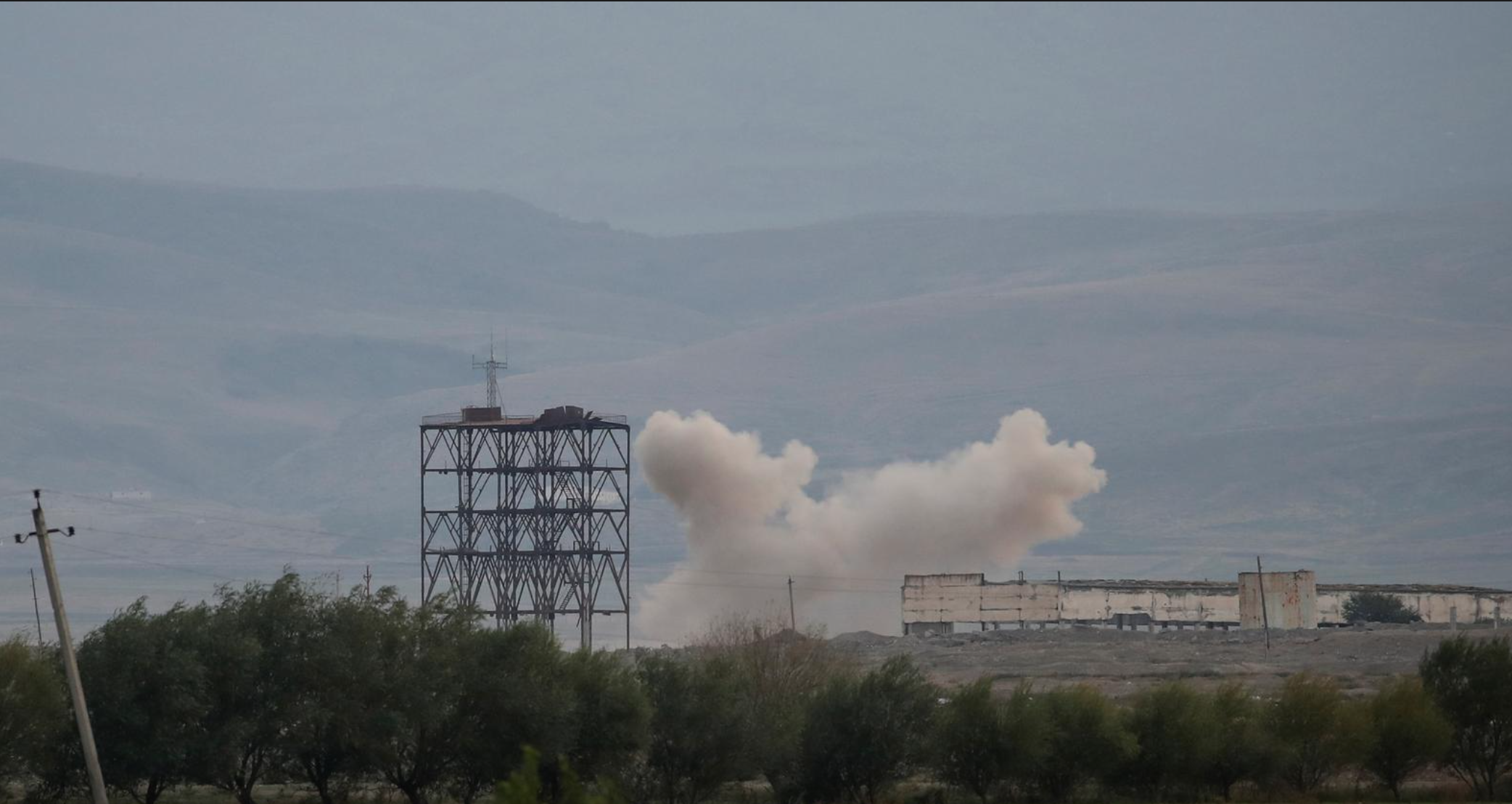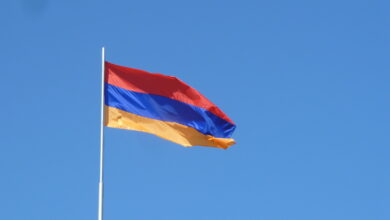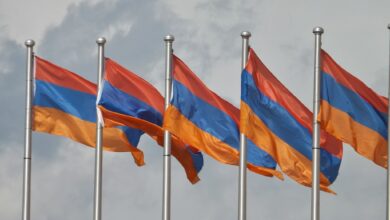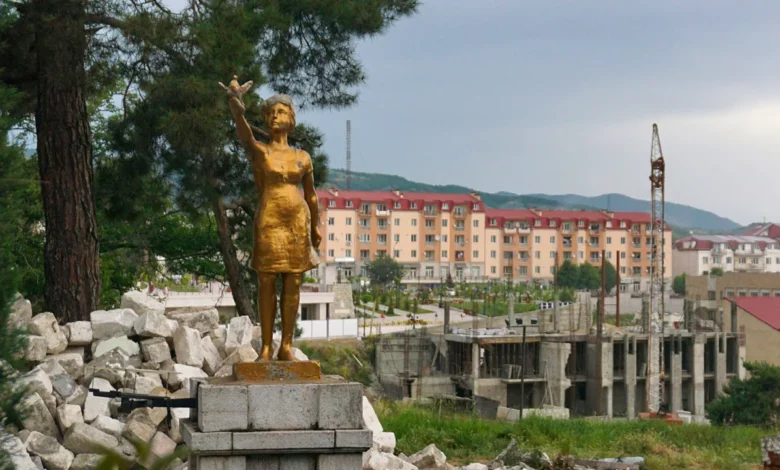
The Azerbaijani victory last week triggered a huge exodus of ethnic Armenians living in Nagorno-Karabakh and marked the end of decades of conflict – and potentially the end of centuries of Armenian presence in the region.
President Samvel Shahramanyan’s decree called for all institutions and organizations of the Republic of Artsakh – which is not recognized internationally – to dissolve from January 1 2024. “The Republic of Nagorno-Karabakh (Artsakh) ceases its existence,” read the decree.
Azerbaijan reclaimed control of the breakaway region last week after an offensive lasting just 24 hours.
Nagorno-Karabakh lies within Azerbaijan’s borders but has for decades operated autonomously with a de facto government of its own.
Azerbaijan has long been clear about the choice confronting Karabakh Armenians: Stay and accept Azerbaijani citizenship, or leave. The majority of the population has already voted with its feet: Tens of thousands have fled their ancestral home rather than submitting to rule by Baku.
How did this happen?
After generations of intermittent wars and brittle ceasefires, the suddenness with which Nagorno-Karabakh fell to Azerbaijani troops – and with which its ethnic Armenian population has scrambled to evacuate – has been startling.
Azerbaijan launched its offensive on September 19, firing missile and drones at the regional capital of Stepanakert in what marked the start of a third war fought for control of the region in as many decades.
Under the Soviet Union, of which Azerbaijan and Armenia are both former members, Nagorno-Karabakh became an autonomous region within the republic of Azerbaijan.
Karabakh officials passed a resolution in 1988 declaring its intention to join the republic of Armenia, causing fighting to break out as the Soviet Union began to crumble, in what became the First Karabakh War. About 30,000 people were killed over six years of violence, which ended in 1994 when the Armenian side gained control of the region.
After years of sporadic clashes, the Second Karabakh War began in 2020. Azerbaijan, backed by its historic ally Turkey, reclaimed a third of the territory of Karabakh in just 44 days, before both sides agreed to lay down their weapons in a Russian-brokered ceasefire.
But the third war was to last just a day. The Karabakh presidency said its army had been outnumbered “several times over” by Azerbaijani forces and had no choice but to surrender and agree to “the dissolution and complete disarmament of its armed forces,” by which time Azerbaijan had killed at least 200 people and injured many hundreds more. A second ceasefire – also brokered by Russia – came into effect at 1 p.m. on September 20.
The swiftness of Karabakh’s surrender was a measure of its military inferiority. Armed with Turkish drones, Azerbaijan won a crushing victory in 2020, attacking not only Nagorno-Karabakh but also Armenia itself. Unlike in 2020, Armenia’s armed forces did not attempt to defend the region during the most recent offensive – in part out of fear of further Azerbaijani aggression.
“They have such an advantage that they could easily cut Armenia in two,” Olesya Vartanyan, Crisis Group’s senior analyst for the South Caucasus, told CNN. “Just through a very short military operation. Probably a day or two for it to happen.”
Karabakh’s despair was Baku’s triumph. In a speech to the nation Wednesday evening, Azerbaijan’s President Ilham Aliyev announced his forces had “punished the enemy properly” and that Baku had restored its sovereignty “with an iron fist.”
Shahramanyan, the regions’ president, said Thursday he had signed the decree “due to the current difficult military-political situation.” The Azerbaijani presidency had previously insisted that the Artsakh government – as well as its armed forces – also dissolve itself. It warned if they did not do so, that the offensive would continue “until the end.”
What happens next?
The day after the ceasefire, Baku sent representatives to meet with Karabakh officials and discuss “reintegration.” Few details were released of the talks, but Azerbaijan has long been explicit about the choice confronting ethnic Armenians in the region.
In a speech delivered in May, he said Karabakh officials needed to “bend their necks” and accept full integration into Azerbaijan.
Farid Shafiyev, chair of the Center of Analysis of International Relations in Baku – an organization involved in the government discussions about “reintegration” – told CNN: “Those who don’t want to accept Azerbaijani jurisdiction, they have to leave. Those who would like to stay and get the passports, they are welcome to stay.”
Aliyev claimed that the rights of Karabakh Armenians “will be guaranteed,” but Armenia’s Prime Minister Nikol Pashinyan and international experts have repeatedly warned of the risk of ethnic cleansing.
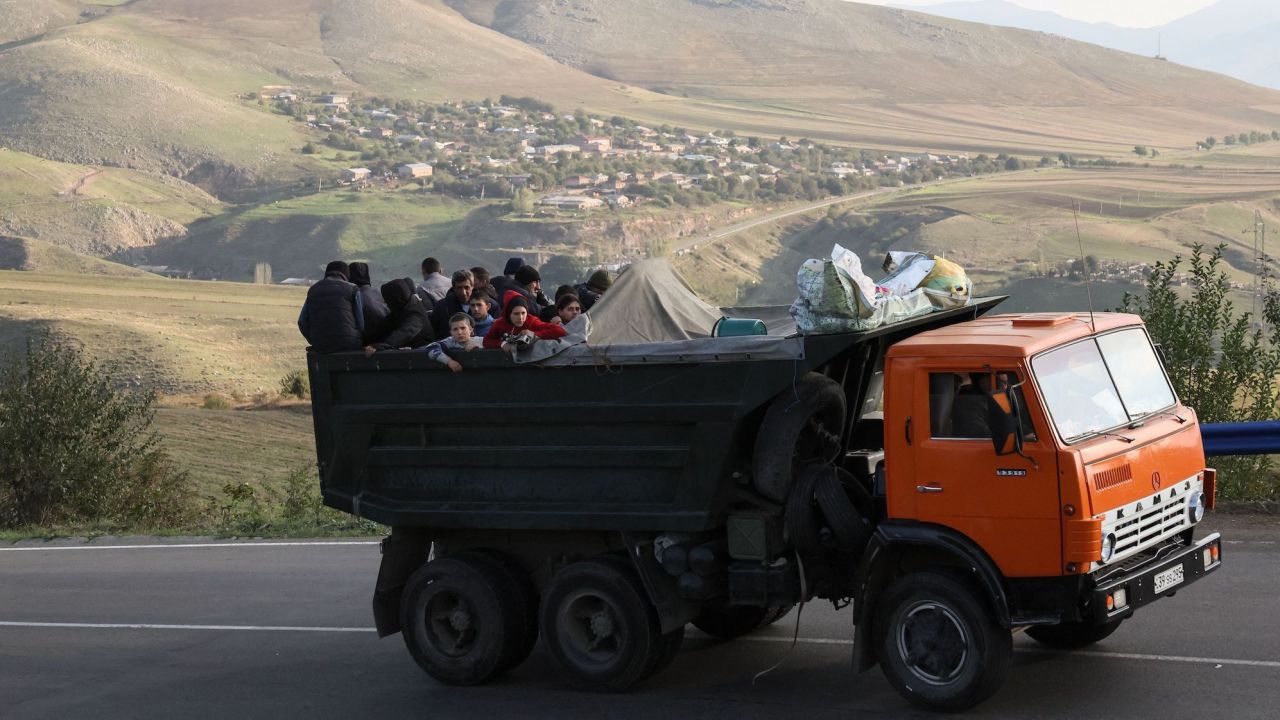
For many Karabakh Armenians, the “choice” offered by Azerbaijan was no choice at all. “I can’t trust them, their fake promises,” Siranush Sargsyan, a local journalist based in Stepanakert, told CNN.
Anna Ohanyan, a senior scholar in the Russia and Eurasia program at the Carnegie Endowment for International Peace, said she feared what would happen to local residents who chose to stay and attempted to refuse Azerbaijani citizenship.
“If the Armenian community will not leave, but also will not take up Azerbaijani passports, I think that basically would be suicidal,” Ohanyan told CNN.
Will any Armenians remain?
More than half of the local population had fled Nagorno-Karabakh for Armenia by Thursday morning. Many harbored no hope that they can ever return to their ancestral homeland.
“They changed our flag, our government surrendered. That’s all. No Armenian will be left here within maybe two weeks,” Nonna Poghosyan, the American University of Armenia’s program coordinator in Stepanakert, told CNN.
Ohanyan said that the best case scenario would be that Azerbaijan erects “a Potemkin village” – that is, a sham settlement intending to paint a false picture to the outside world, the sort once used to impress Russian empress Catherine the Great.
“But in the long term, I think there will be a systematic push, continued demographic engineering to push Armenian communities outside the region,” Ohanyan said.
Images shared with CNN showed long lines of cars along the Lachin corridor – the only road connecting the enclave to Armenia – as thousands of residents attempted to flee at once.
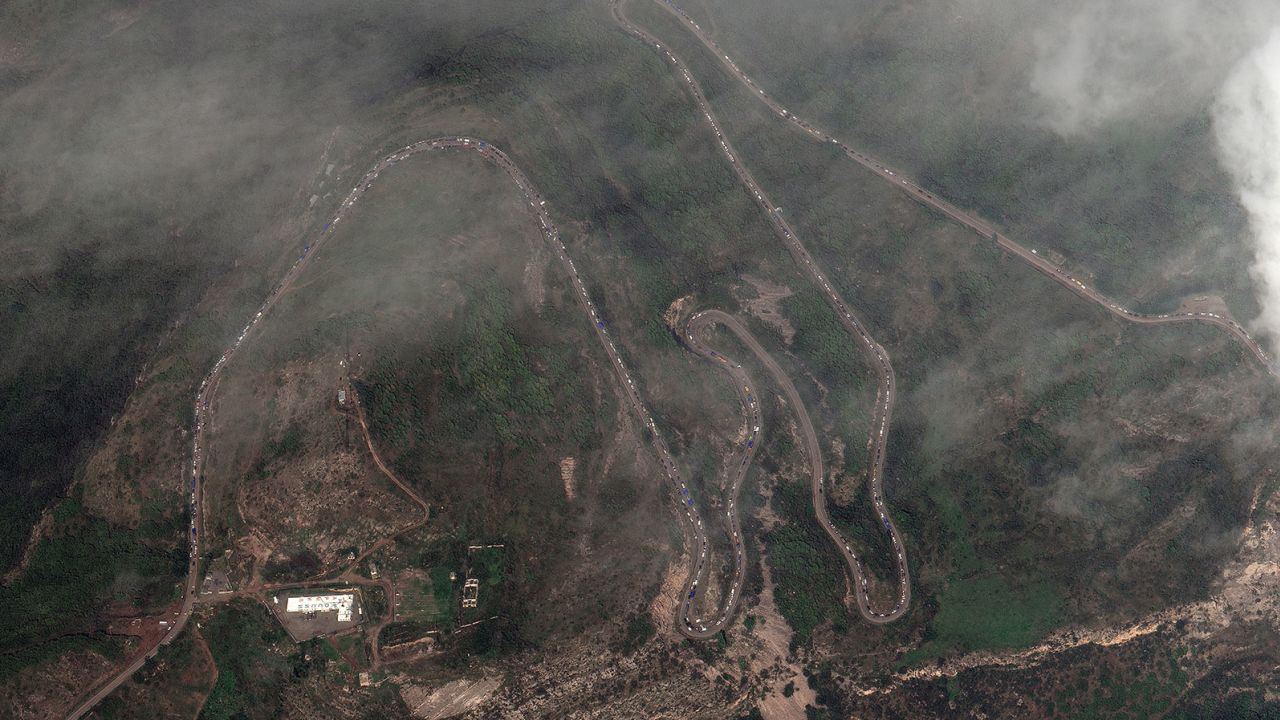
Poghosyan arrived in Armenia Thursday morning with her husband, twin children, parents and grandmother. She said what ordinarily would have been a 45 minute drive had taken the seven of them 35 hours, so snarled up was the road.
Who will take the refugees?
Pashinyan said in a speech Sunday his government “will welcome our sisters and brothers of Nagorno-Karabakh to the Republic of Armenia with all care.”
But how prepared Armenia – a nation of some 2.8 million people – is to house up to 120,000 arrivals from Nagorno-Karabakh remains unclear.
Many of those on the move landed in temporary refugee camps set up in the border towns of Goris and Kornidzor. During a visit to Armenia, United States Agency for International Development (USAID) chief Samantha Power warned those arriving were suffering from “severe malnutrition.”
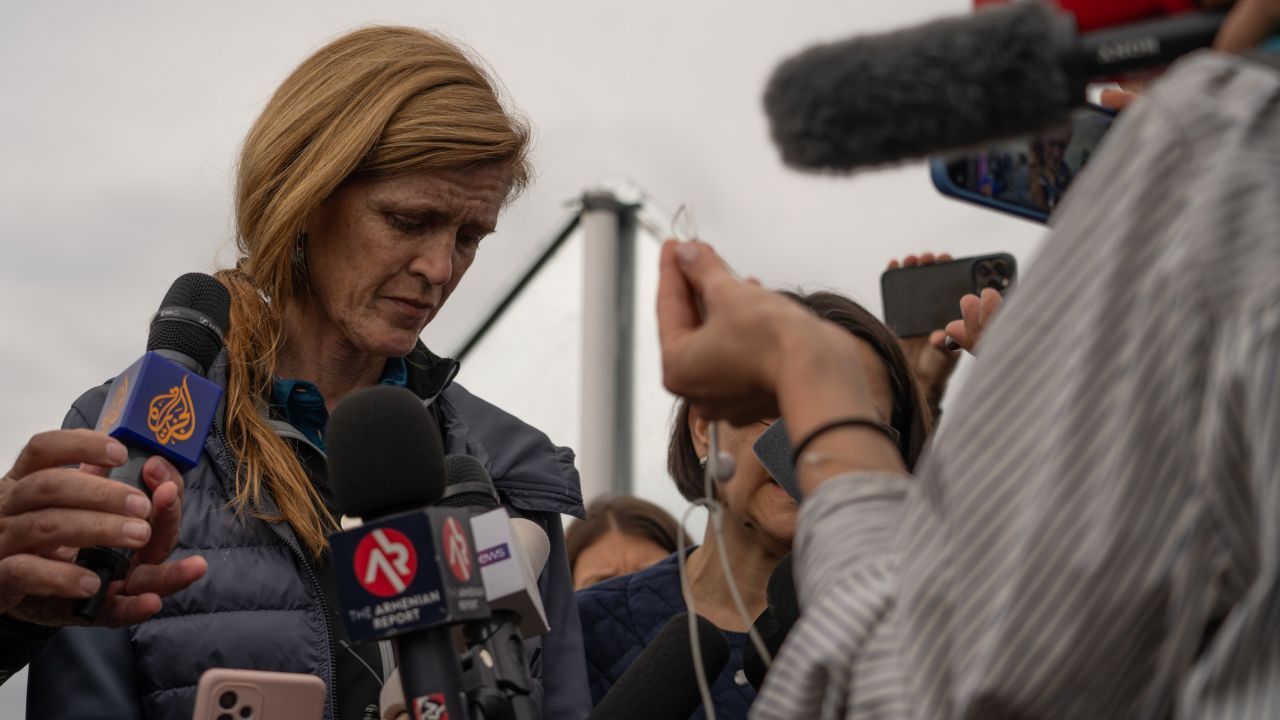
Nagorno-Karabakh has been under blockade since December 2022, when Azerbaijan-backed activists established a military checkpoint on the Lachin corridor.
The blockade prevented the import of food, fuel and medicine to Nagorno-Karabakh, prompting fears that residents were being left to starve. CNN spoke to residents of Stepanakert, the region’s capital, before the beginning of the offensive, who said they would have to wait in line for hours each day to receive their daily ration of bread. The blockade was only lifted last week to allow residents to flee.
Can everyone leave?
Analysts told CNN before the evacuations began that they feared Azerbaijan might prevent certain members of the population from leaving.
Vartanyan, of Crisis Group, said she was concerned about who would manage the routes into Armenia. “Will it be Russian peacekeepers, the ICRC, or will it be Azerbaijani authorities?” she asked. “Does it mean people will have to go through filtration camps? And then will people get detained – for example, the local men who took part in the fighting in the past, or those who were part of the local de facto authorities?”
Over the weekend, “one of the main things that people were doing in Stepanakert was burning all the possible documentation that could become evidence for the Azerbaijani authorities that they personally were part of the de facto government,” Vartanyan said.
On Wednesday, Ruben Vardanyan, a prominent Karabakh politician and businessman, was arrested at a border checkpoint at the Lachin corridor and taken to Baku, the border service said. Vardanyan was indicted for multiple charges Thursday, including financing terrorism, participating in the creation and activities of illegal armed groups, and illegally crossing Azerbaijani borders, according to state media.
The Azerbaijani State Security Services allege that Vardanyan funded “illegal military units” in the Nagorno-Karabakh region. Baku has long maintained that the Artsakh government and its armed forces have operated illegally on Azerbaijan’s territory. A video published by the security services appeared to show Vardanyan in detention.
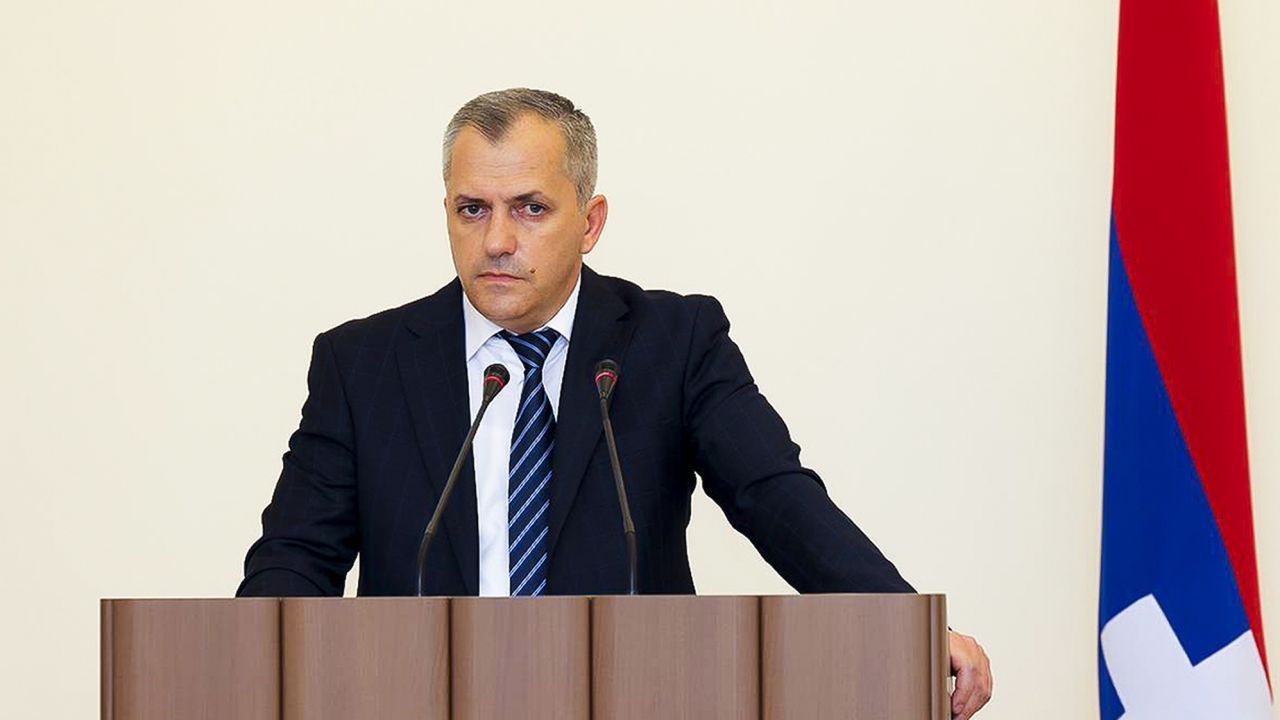
David Babayan, a local politician and adviser to president Shahramanyan, said Thursday he would hand himself in to Azerbaijan.
“You all know that I am included in the black list of Azerbaijan and the Azerbaijani side demanded my arrival in Baku for an appropriate investigation,” Babayan wrote on Telegram. “My failure to appear, or worse, my escape, will cause serious harm to our long-suffering nation.”
In the decree signed Thursday, president Shahramanyan called on Azerbaijan to allow the “free, unconstrained, and unhindered passing of the population of Nagorno-Karabakh, including the militants who laid down their weapons, with their property and transportation means through Lachin corridor.”
CNN’s Benjamin Brown, Aren Melikyan, Gul Tuysuz and Scott McLean contributed reporting.

